Spain, Way and Art: Artaiz, Navara, the mysterious church of San Martín
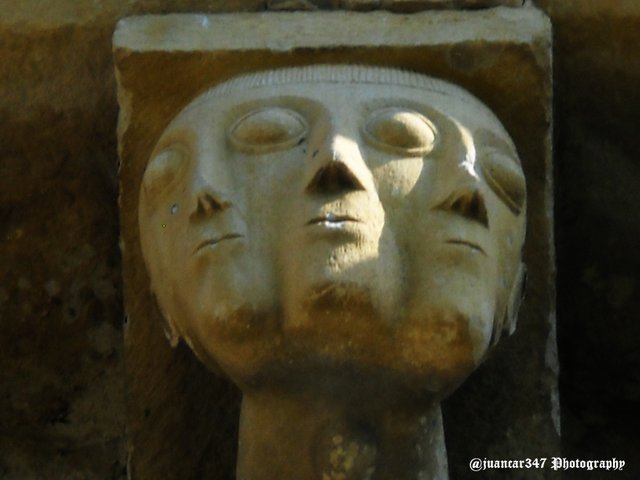
There are those who allude to the magic of the Middle Ages, to describe the charm implicit in their fairs and markets; others, undoubtedly more prolific and politically literate, compare Europe with Janus, possibly influenced by that double morality with which the destinies of the world are governed. Sometimes, when I find myself in front of a temple with the characteristics of this one of San Martín de Artaiz, I think that in the end, Romanesque is an Art that contains great doses of that magic, and even of that double morality, that we naively consider as an implicit defect to our current society.
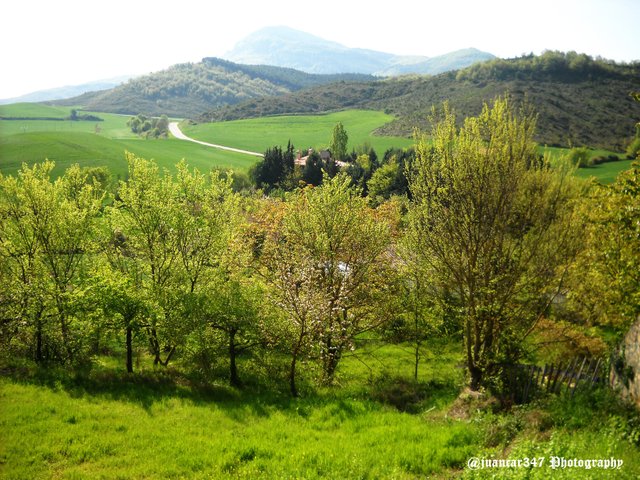
The magic, at least the natural and referred to the case of Artaiz, is easily located in the environment: fertile mountains and valleys, which dazzle in spring, happily sated with the rigors of winter. The double morality, from my point of view, derives from the theme, rich and at the same time strange in symbolism, that squander their main ornaments, on which all the attention must be focused so as not to lose detail. Because that is precisely what overflows the imagery of the stonemasons who erected the church of San Martín: many details that carry subliminal messages, interspersed, cryptic in most cases, that you have to go discovering with patience.
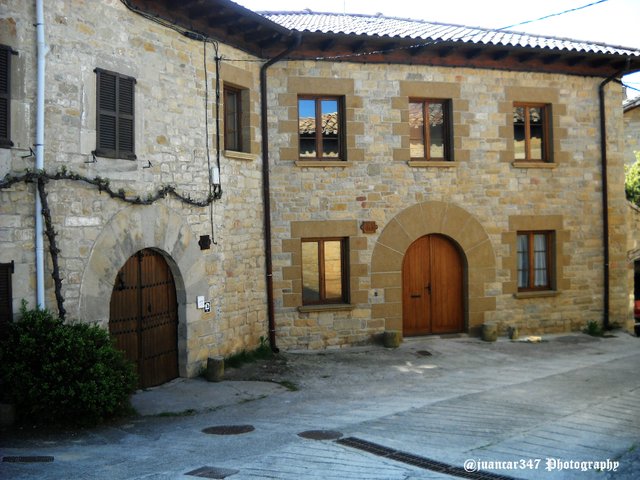
To the magic of the environment, we must add, as well, the magical-philosophical conception of medieval thought: together with the three main strata of society at the time -origors (1), bellatores (2) and laboratores (3) - whose representation we see in any temple of similar characteristics, survive spiritual conceptions -considered as vices and virtues- represented by fantastic beings, sometimes terrifying but generally mythological, which refer, in the background, to the ecclesiastical disdain towards ancient religions or perhaps, in contrast, to a perseverance of rites and customs that, after all, the Church was unable to eradicate definitively from the memory of people too attached to their ancestral conceptions.
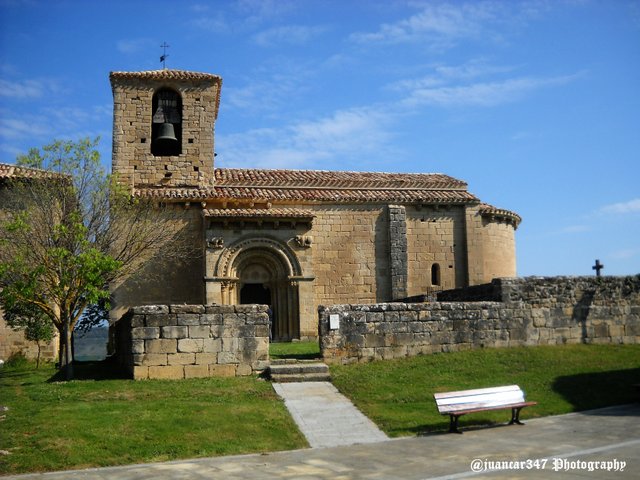
So, for example, perhaps we should not be too surprised by the intercalation of concepts such as eroticism and esotericism, which would be framed, it is only an opinion, within the general microuniverse of some people and a modus vivendi characteristic of a given historical moment .
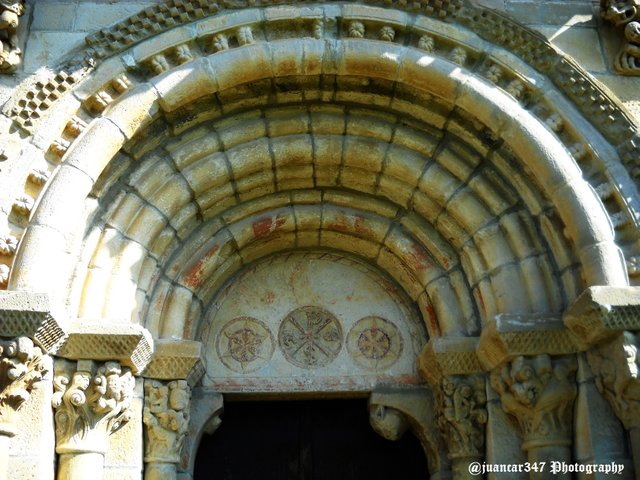
This could explain, in part, of course, the presence of that singular canecillo in which the newly born child comes into the world wielding a knife: procreation seen as a necessity for the survival of the nascent kingdoms, whose probability would be confirmed by the metope that represents a struggle between knights, located in the space between the next canecillo, the one that represents the man with the amputated male member - modern-era censorship, everything is said - and the corbel that shows a soldier, carrier of the cross on his shield, subduing a strange being with a snake's tail, which could allude, in imitation of the santiaguistas representations, to the formidable Saracen enemy of the time, and even to the needs of expansion of the kingdom of Navarre, counting on warriors enough to do it. Without forgetting, on the other hand, a possible moralizing reference relative to the conception outside the strict scope of marriage and the fruit of that relationship, or fruit of sin.
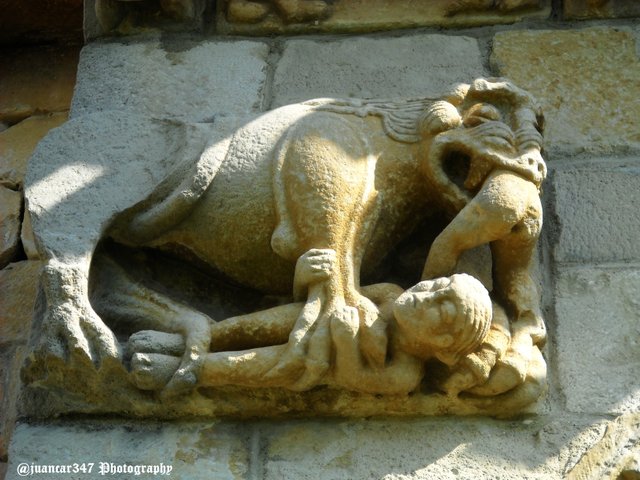
But the theme developed by the stonemasons in the church of San Martín de Artaiz, goes far beyond a simple moralizing message aimed at channeling the spiritual destinies of the people of the place; remember, settlers, mostly from the small kingdom of Asturias, whose souls inhabited mythological references of previous religions, and among them, notably, the Celtic. Perhaps this cult rootedness is, in part, the culprit that unequivocal references to these earlier cults are included in this church and that, in part, a symbolic resource is also used that, although observed in some temples, can not be considered, Priori, too frequent and involves numerous disquisitions among researchers and interested in the subject; this motive is none other than that of the trinitarian or trifaces heads, as the writer and researcher Rafael Alarcón Herrera would say (4).
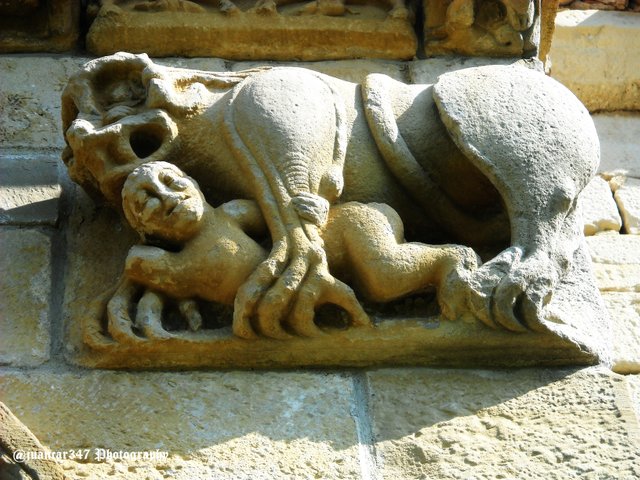
Alarcón (5) comments, among other things, that among the few representations of Hispanic Romanesque where we can find three-headed heads, there are three that deserve to stand out. One of them is, of course, this church of San Martín de Artaiz; another, it would be in the Huesca church of Santa María, in Alquézar, and the third would be located in the church of the Trinidad de Tudela.
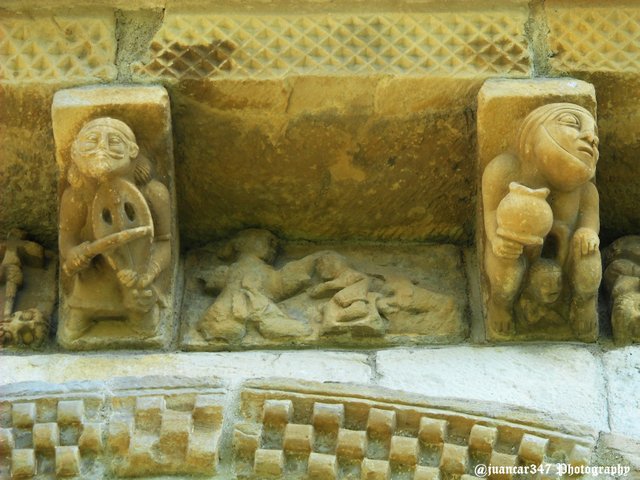
Of course, we can talk about some more -data known by the author, as in fact, I know- in Guadalajara and Soria, as, for example, the curious three-headed head of the church of San Pedro de Caracena, in which some they see a dubious allusion to the mysterious templar baphomet.
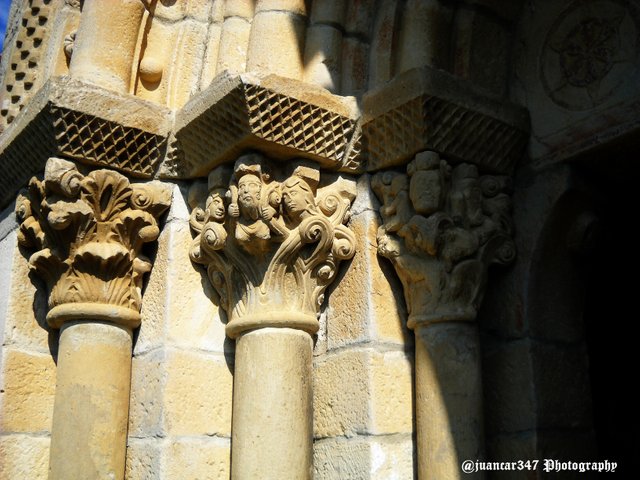
Leaving aside the theme of the Temple, which can be maintained certain suspicions about this church, what is remarkable-and perhaps this is precisely one of the reasons that make San Martin a temple undoubtedly sigular, is that , apart from the three-cornered canecillo (6) located next to what seems to be a representation of San Martin himself, staff in hand, there is another trinitarian figure, very curious, who has no waste.
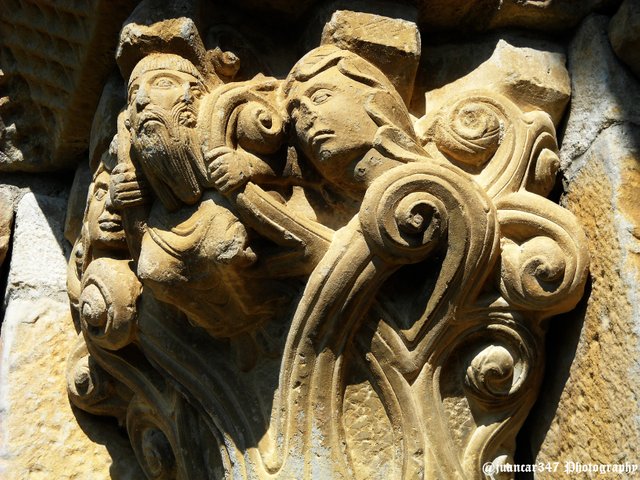
The figure in question occupies the central part of the second capital on the left of the entrance portico, and reproduces an old man with long beards, sitting on what looks like a swing or swing, while being observed, on both sides, by two figures. disembodied, to which only the head is seen, alluding, surely, to angels.
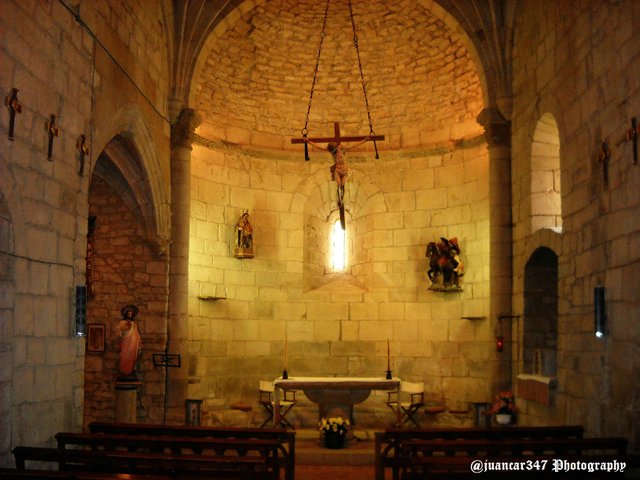
Among these, we can see some volutes, which would represent clouds: we would find, as Alarcón rightly points out, a representation, conveniently Christianized, of God, based on ancient mythologies, such as the Celtic, when not in Greek-Latin mythological conceptions where , aside from some curious three-dimensional representation of Janus, they also entail an inescapable allusion to Cronus or Saturn, Time: Present, Past and Future.
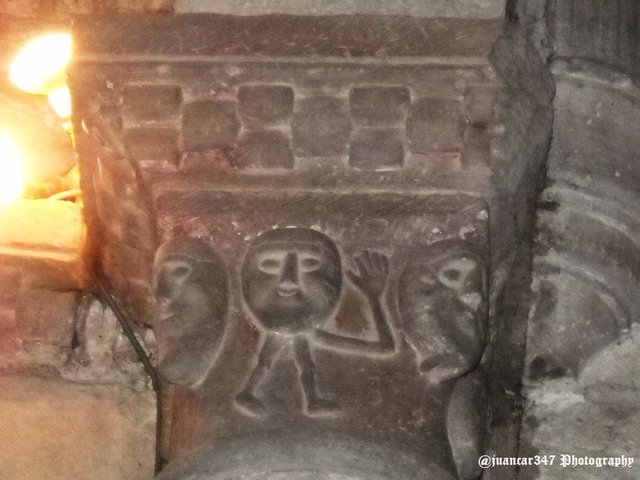
Regarding this, it is convenient to specify that not only in oriental mythologies - Hindu mythology, for example, is lavish in this type of representations - and Western we find this type of representations, but that they are also located among the, a priori, terrible divinities adored by the Aztecs in what, by circumstances based on the lateness of their discovery, has been called New World.
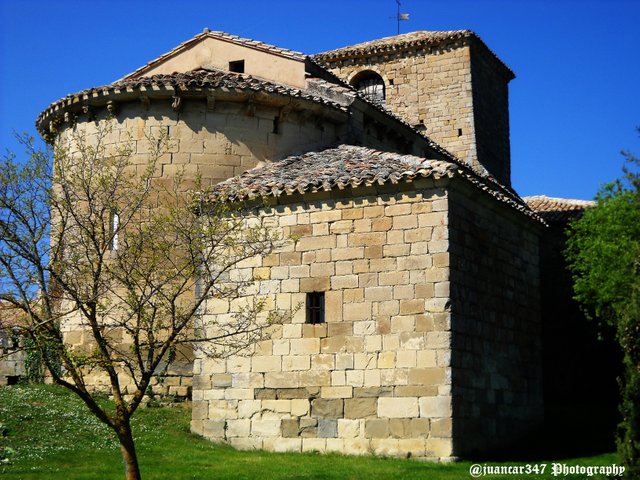
Circumstance, it is worth the redundancy, that leads to think of a common origin of the myth, whose implications, would be very extensive and would give, by themselves, enough material to pour true rivers of ink.
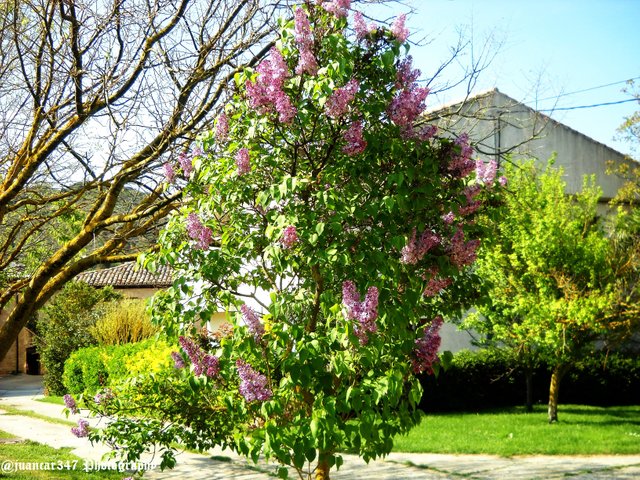
Perhaps these antecedents have motivated that this type of representations, distorted their original conceptions even more in later times, have served to make them hypothetical diabolical identifications (7) and were persecuted by the dogs of God, that is, by the Dominicans of the Holy Inquisition. Although some representations, above all in canvases that, almost in a milogrosa way, were saved from burning (8); others, from more recent times and perhaps less known by the general public, can still be admired, like the one preserved in the Segovian monastery of Santa María la Real de Nieva.
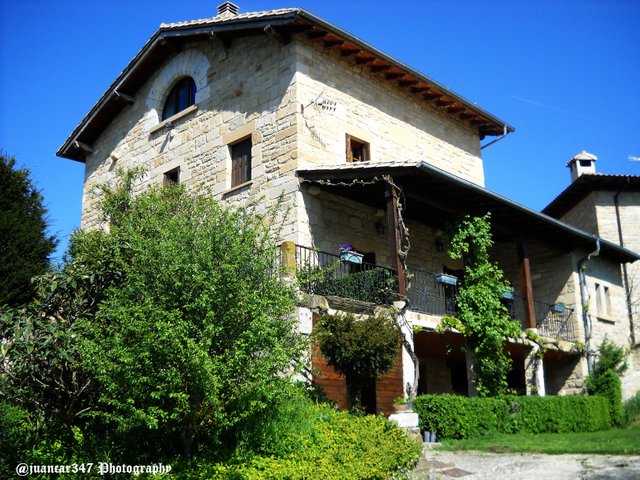
That, not to mention the esoteric and theosophical considerations, arising from the nineteenth century, which would involve the figure of the so-called King of the World, which some would identify with the medieval Prester John and even, going back to the Bible, with the mysterious Melchizedek, king of Salem or the Ancient of Days (9).

Notes, References and Bibliography:
(1) The people of the spirit.
(2) The people of war.
(3) The people of work.
(4) To expand the knowledge about the different mysteries that can be located in this temple of Artaiz, I recommend reading the Artaiz entries, shadows of suspicion (I-IV), which can be accessed by clicking on this link.
(5) Rafael Alarcón Herrera: 'The Other Spain of the Temple', Ediciones Martínez Roca, S.A., 1988, page 166 and following.
(6) On this three-cornered coffer by Artaiz, I think it is worth commenting on the reasonable similarity it has with another canecillo, monofaz, by the way, which is located in Estella, in the Palace of the Kings of Navarre (photo 4).
(7) In a town in Guadalajara, whose reference I allow myself the right to reserve for the moment, a similar representation has been recorded in popular memory as the demon of the three faces.
(8) Rafael Alarcón, op. cit .: gives as an example the painting that is still preserved in the monastery of Tulebras, Navarra.
(9) There is a painting by William Blake, an English painter and visionary of the seventeenth century, who, entitled precisely like this, The Ancient of Day - The Ancient of Days - bears a certain resemblance to the theme, although he lacks the three-faced face.
NOTICE: Originally published in my blog ROMÁNICA, ENIGMAS DEL ROMÁNICO ESPAÑOL. Both the text and the photographs that accompany it are my exclusive intellectual property. The original entry, where you can check the authorship of juancar347, can be found at the following address: https://juancar347-romanica.blogspot.com/2011/06/artaiz-navarra-iglesia-de-san-martin.html
Te invito a conocer el mundo del que estoy enamorado.
Image © juancar347. All Rights Reserved.
Original content by @juancar347
Discord
juancar347#4046
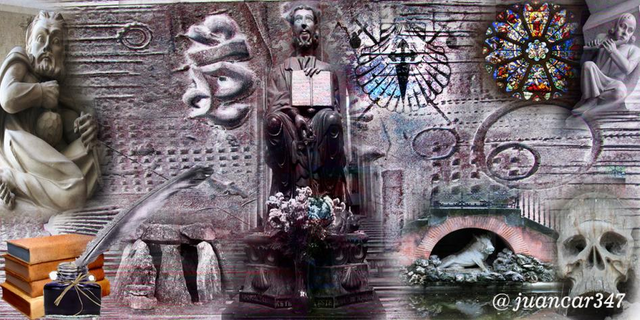.png)

[Martial, latin poet]
.jpg)
Toca la imagen y participa.
Diviértete y disfruta.



Ah viste!? Que fueron inspirados por los extraterrestres!
Sí...los extraterrestres que se llevaron a Ezequiel o los del Vaticano
/ᐠ._.ᐟ\
Hi again, friend
=⊝ᆽ⊝=
Congratulations, Your Post Has Been Added To The Steemit Worldmap!
Author link: http://steemitworldmap.com?author=juancar347
Post link: http://steemitworldmap.com?post=spain-way-and-art-artaiz-navara-the-mysterious-church-of-san-martin
Want to have your post on the map too?
Thank-you very much
Hiya, @livinguktaiwan here, just swinging by to let you know that this post made the Honorable mentions list in today's Travel Digest #483.
Your post has been manually curated by the @steemitworldmap team, and if you like what we're doing, please drop by to check out all the rest of today's great posts and consider upvoting and supporting us.
Thank-you very much
Congratulations! Your high-quality travel content was selected by @travelfeed curator @for91days and earned you a partial upvote. We love your hard work and hope to encourage you to continue to publish strong travel-related content.
Thank you for being part of the TravelFeed community!
Learn more about our travel project by clicking on the banner above and join our community on Discord.
Thank-you very much